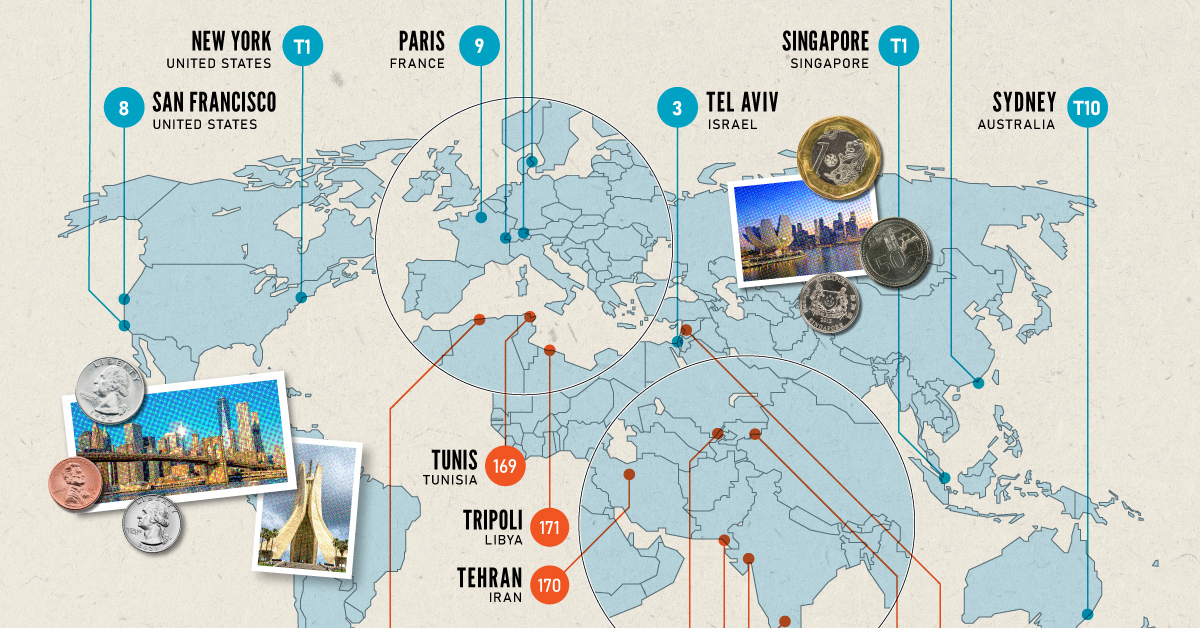- The Sovereign Individual Weekly
- Posts
- How A City's Structure Influences Remote Work
How A City's Structure Influences Remote Work
Passport wait times rise, are 15 minute cities open-air prisons?, what remote workers can learn from retirees, and more.

When a city is packed with people living in tight spaces, they prefer to go into the office for work
There’s been a lull and modest change to the narratives covered in the news recently. I believe it’s related to the start of the 2024 US Presidential election cycle as candidates and political parties begin surfacing and posturing for position.
As these narratives form, they will most certainly impact the ideas of self-sovereignty and the emerging social class structures created by remote work. I’ll be highlighting and tracking these new narratives here as they emerge.
More to follow on this in the coming weeks and months. As always, if you see something you think I should focus on, feel free to write me at this email address.
How City Layout Has Become A Major Contributor To Remote Work Adoption
This story provides an important contrast to the American dominant trends I've covered on remote work lately. In other cities around the world, especially in Europe and Asia, back-to-work occupancy numbers are around 75% of their pre-pandemic levels. That is a significant contrast to the ~50% rate in American cities.
The reasons why this divergence exists are interesting and tell a story about which cities are likely to have higher back-to-work rates moving forward vs those that are unlikely to go back to previous levels. This is also important for understanding how, where, and why the newly emergent social classes will continue to thrive moving forward - ie: city structures will impact the formation of location independent versus location dependent classes of people.
"Bigger homes, longer commutes and a tighter labor market help explain why Americans spend less time in the office than Europeans and Asians, workplace consultants say."
"At 3.4%, the U.S. unemployment rate is barely more than half the European Union’s unemployment rate of 6.1%. While Europe is also facing labor shortages, U.S. companies have been particularly hard hit, said JLL’s Mr. Ryan. That has forced them to look farther afield for employees and hire remotely."
The contrast being that with a tight labor market like in the US, companies are incentivized to expand into remote work to attract and retain workers. On the other hand, in a loose labor market like in Europe, workers are incentivized to take whatever they can get.
This reality also provides an important contrast in the downstream impacts of remote work around the world. Mainly, that US cities are likely to evolve to adapt to larger populations of remote workers while other cities around the world with higher in-office work rates are less likely to evolve in similar ways.
This pairs well with a recent Visual Capitalist infographic on the most and least expensive cities to live in.
There are many expensive cities that offer small living spaces and incentivize a desire to go back to the office. This in contrast with smaller, less populous cities and rural communities with more space, lower costs, and longer commutes that incentivize remote work.
ie: the logistics (like living space and commute) of any given community pair with economic realities (like cost and employment rates) to influence remote works rate of adoption.
A caveat - the majority of people (especially high-income remote workers) won’t relocate to the cheapest cities on this ranking to have a better chance at remote work lifestyles that maximize cost of living arbitrage. Cheap doesn’t always mean good value. Instead, most people are likely to evaluate mid-tier locations that offer compelling tradeoffs between the cost of space, activities, safety, and other personal priorities.
So, what’s the point I’m focusing on here? It’s really about emphasizing the variables that impact how the world will continue to evolve in a remote work world.
How will the logistics and economies of cities, suburbs, and rural communities evolve in a world of remote work? What factors will incentivize office work vs remote work? How will these communities converge, diverge, or stay the same? How does the cost of living and the space you actually get for that cost impact your appetite for remote work vs in-office work?
There are multiple variables at play that influence when, how, and why people advocate for or against office-based work. And these variables are evolving rapidly to reshape the landscape of work and community structures in the digital age.
Rapid Fire
Passport Wait Times Are Up Amid Soaring Demand For International Trips (forbes.com) - "Last year, the State Department processed a record 21,995,760 passports — nearly twice the number it did in 2020 or 2021 and also more than in the pre-pandemic years. The number of passports issued in 2022 was up more than 67% compared to a decade earlier."
A short thread of takeaways from ETH Denver: Just a few high-level observations that are probably worth passively following.
How Did 15 Minute Cities Get Tangled Up In Far Right Conspiracy Theories? - The concept of a 15-minute city would be interesting if it wasn't a forced way of life. Sounds more like an open-air prison given the way the article describes it.
Moving in retirement to cut tax costs? Consider these 4 factors first - Because of remote work, these are also factors that anyone considering relocating for other reasons should consider.
The Cost of Blocking the Internet - A short article with an infographic on the costs of authoritarian regimes cutting and restricting internet access to their populations.
Russia Turns to China’s Yuan in an Effort to Ditch the Dollar - If enough countries start making this shift, the balance of power will drastically change and it’s not something many Americans pay attention to.
A Profile on Arthur Hayes - “The original king of crypto”
Pimco is Saddled with $1.7 Billion Default In Office Market Meltdown - “Pacific Investment Management Co. said it was acquiring Columbia Property Trust Inc […] Columbia has now defaulted on more than $1.7 billion of debt backed by seven of its buildings, according to people familiar with the matter, which makes it one of the biggest office defaults during the pandemic period.” A lot of big investment companies and banks are going to find themselves caught offsides as the downstream impacts of remote work influence city structures.
Extras
How satisfied were you with today's newsletter? |


Reply